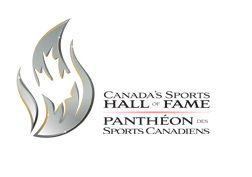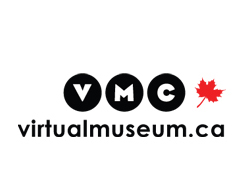Home | Major Sporting Events | Olympic Games
1988 Olympic Winter Games - Calgary
PreviousNext
Bolstered by tremendous community support, the 1988 Olympic Winter Games held in Calgary, Alberta were praised as "a people's Games" showcasing "the warm, western hospitality of the host city." Equally heartfelt were the efforts of Canadian athletes struggling with intense pressure to excel on the podium. Seven days into the competition with no medals to show for the host country, multitalented Albertan ski phenomenon Karen Percy collected bronze in the Downhill and Giant Slalom events, becoming Canada's first Olympic double medallist in alpine skiing since 1968. Nicknamed 'the bronze bomber', her bold performances required tremendous stamina, willpower and adaptability. Throughout her remarkable career, Percy maintained a tireless pace of competition, refusing to specialize in either downhill or slalom events. Alternately performing with equally astonishing speed, strength and technical precision, Percy's success in multiple events at the 1988 Olympic Games were made possible by her determination and commitment to remaining a well rounded skier.
Ice dancers Tracy Wilson and Rob McCall also brought Canadians to their feet during Olympic competition in 1988. McCall, who hailed from Dartmouth, Nova Scotia, and Wilson, who had grown up in Port Moody, British Columbia came together from different ends of the country to form a team in 1981. United by a powerful drive to achieve competitive excellence, they shared a compelling on-ice connection that respectfully balanced their unique individual strengths.
While Rob McCall as an artistic, intuitive skater, Tracy Wilson was celebrated for her technically brilliant athleticism. As a team they were unstoppable, winning seven consecutive national ice dancing titles between 1982 and 1988. Their Olympic routine in 1988 was the culmination of meticulous preparation that began in May of 1987. An exercise in patience and exemplary collaboration, their hard work paid off, and any nerves McCall and Wilson experienced as medal contenders in Calgary dissipated as soon as hit they hit the ice together. In front of elated crowd clapping along to the distinct syncopated rhythms of their ragtime music, the pair put on a performance was confident, elegantly humorous and great fun to watch. Through painstaking preparation and dedicated teamwork, they won the bronze medal, becoming the first Canadians ever to reach the podium in Olympic ice dancing.
The 1988 Olympic Winter Games in Calgary also created an important legacy of world-class training facilities. Many, including Canada Olympic Park, the Saddledome arena, Canmore Nordic Centre, Olympic Oval and Nakiska ski resort remained in use for over twenty-five years for public recreation as well as elite athletic training and competition. The 1988 Olympic Winter Games were also remarkably profitable, and an $80 million dollar endowment was established in trust to help improve training opportunities for elite-level athletes in Canada. By the early 2000's these legacies had a marked impact, helping more Canadian athletes ascend the Olympic podium than ever before. In 2006 it was estimated three-quarters of Canadian medal winners at the Olympic Winter Games in Torino had trained at facilities built for the 1988 Games. When the competition was once again hosted on home soil in Vancouver 2010, Canadian athletes set a dazzling new record for the most gold medals ever achieved at an Olympic Winter Games, decisively ending the drought that had plagued the host nation in 1976 and 1988.
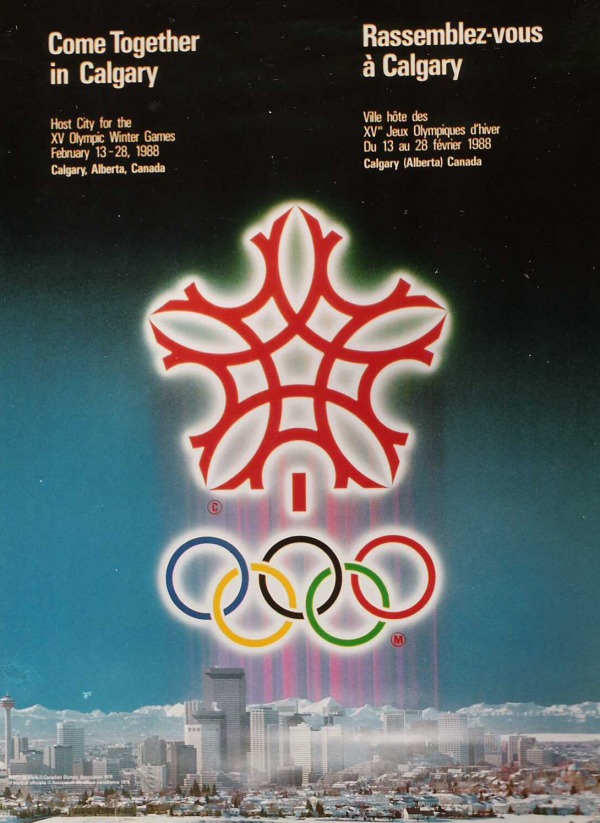
The host city poster featured the logo for the 1988 Olympic Winter Games. The red stylized snowflake symbolized the Winter Games and was also a maple leaf with the addition of the stem. The large C shape stood for Canada and the smaller one for Calgary. The end of each arm was a cowboy boot.
Collection: Canada's Sports Hall of Fame
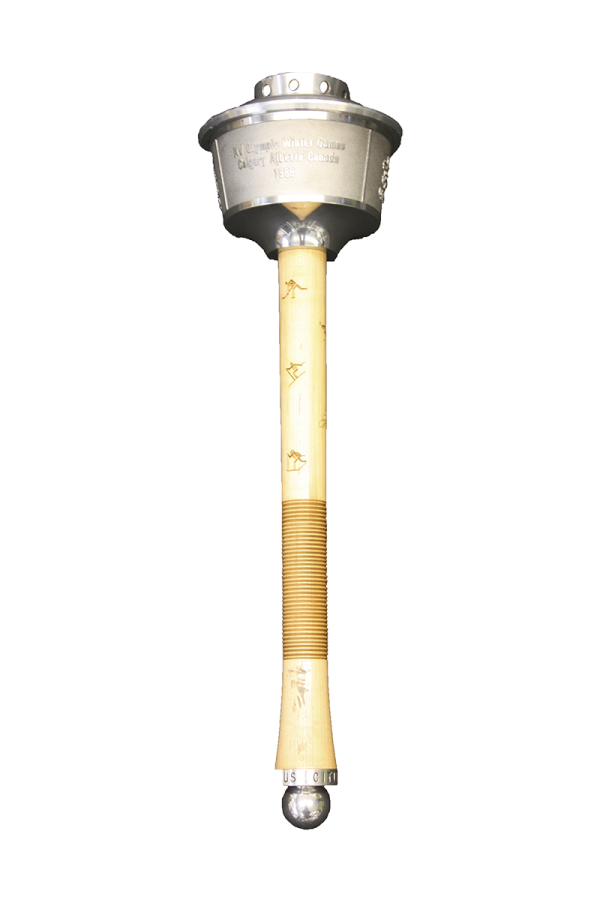
The relay torch for the 1988 Olympic Winter Games in Canada featured a metal canister modeled after the Calgary Tower with the name of the Games in English and French. The maple wood handle had laser engraved sport pictograms. The torch was designed by the National Research Council of Canada.
Collection: Canada's Sports Hall of Fame
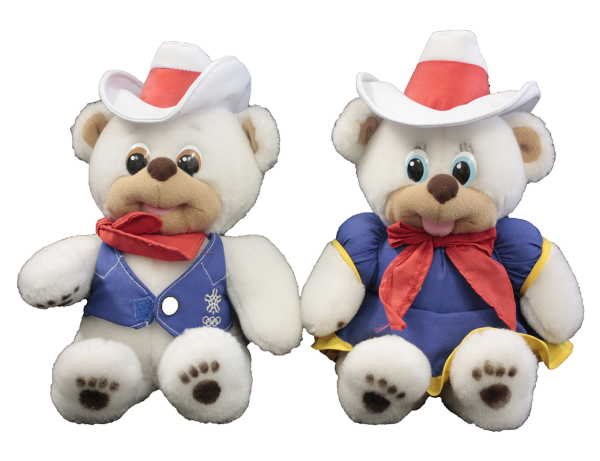
The mascots for the 1988 Olympic Winter Games were Hidy and his sister Howdy. They were polar bears wearing cowboy hats and costumes to symbolize Calgary's western heritage. Their names, which are versions of Hello, were chosen from entries submitted in a contest and reflect the famed hospitality of the citizens.
Collection: Canada's Sports Hall of Fame
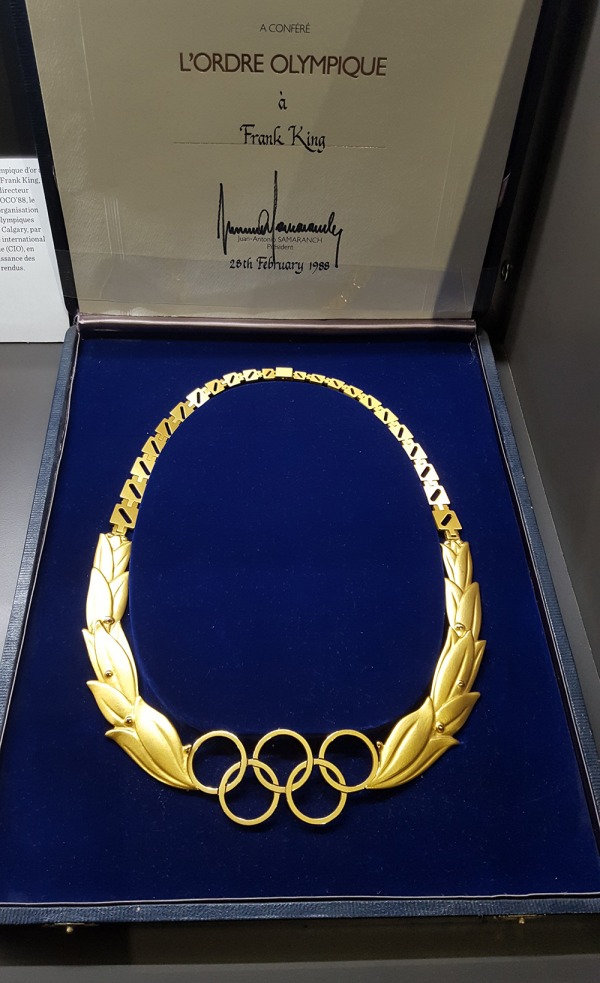
Frank King was the Chairman and CEO of the Organizing Committee, referred to as OCO'88, for the 1988 Olympic Winter Games in Calgary. He was awarded this gold Olympic Order by the International Olympic Committee (IOC) in recognition of his services to the Olympic Games. The silver Olympic Orders were awarded to Bill Pratt, Vice President of OCO'88 and Ralph Klein, Mayor of the City of Calgary.
Collection: Private Collection: Frank King
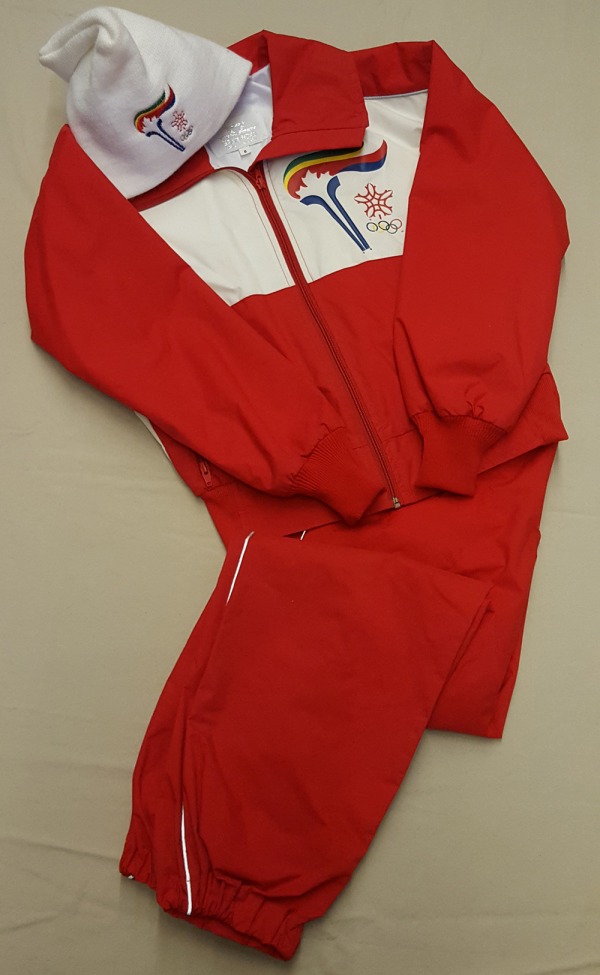
The 1988 Olympic Torch Relay covered 18,000 km across Canada. The route reached all ten provinces and two territories in 88 days. The relay started in St. John's, Newfoundland and the torch was carried for the first kilometre by Olympic gold medallist Barbara Ann Scott and Ferd Hayward, the first Newfoundlander at an Olympic Games. Each torchbearer word a red jacket and pants with a white touque as shown here.
Collection: Canada's Sports Hall of Fame
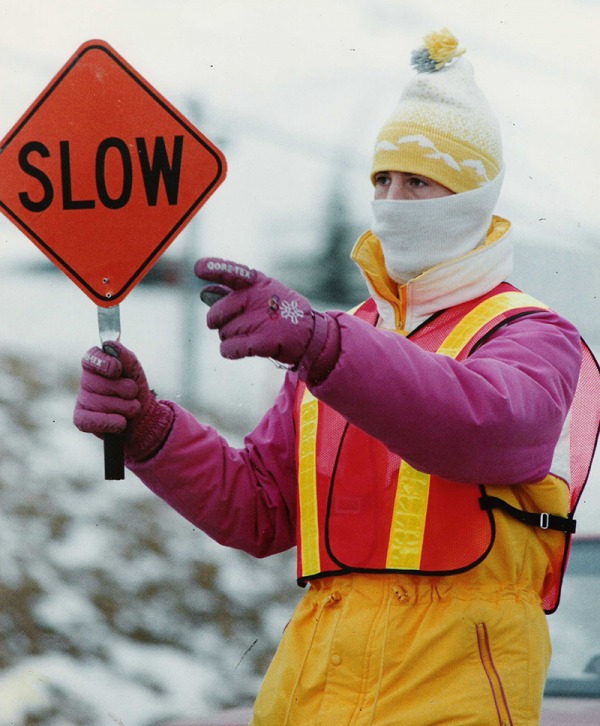
Calgary produced one of the most successful Olympic Winter Games, due in no small part to the army of volunteers. The program was based on a long standing tradition of involving volunteers in all elements of projects from administration to directing traffic. During the 16 days of the Games 9,526 people were involved. Reflecting on the superb organization and the warm hospitality of the city, Juan Antonio Samaranch, then President of the International Olympic Committee (IOC), proclaimed these to be "the best Games ever".
Collection: Canada's Sports Hall of Fame
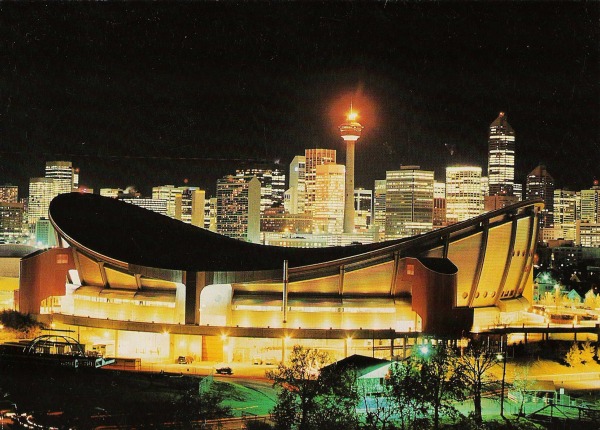
Five new major venues were constructed for the 1988 Olympic Winter Games, including the Calgary Saddledome which held the ice hockey and figure skating competitions. The unique shape of this building, modeled after a western saddle, has been an iconic feature of the Calgary landscape. The main sport venues, which include Canada Olympic Park, the Olympic Oval and the Canmore Nordic Centre, continue to host World Vup and World Championship events.
Collection: Canada's Sports Hall of Fame
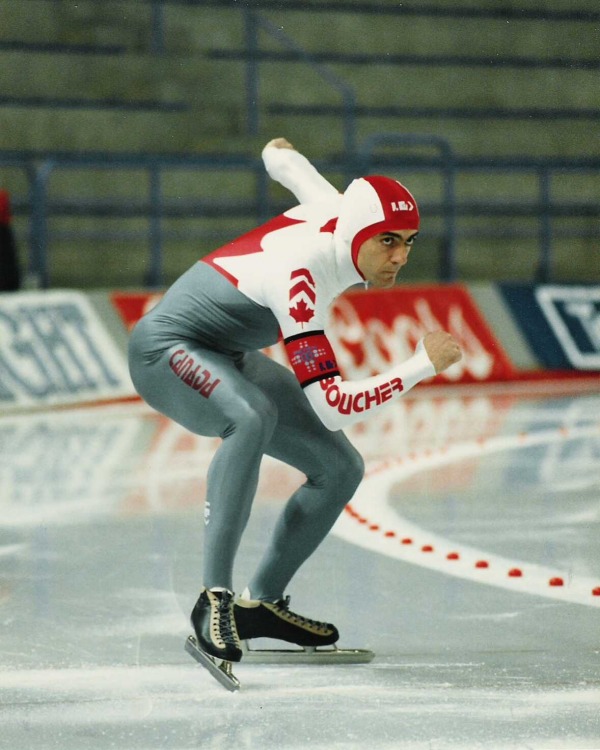
Gahttp://sites.psu.edu/symbolcodes/codehtml/tan Boucher won two gold and a bronze medal in speed skating at the 1984 Olympic Winter Games in Sarajevo. Despite an injury to his ankle he competed in Calgary at the 1988 Olympic Winter Games. Olympic speed skater Clara Hughes cites his performance as inspiring her to become an Olympian.
Collection: Canada's Sports Hall of Fame
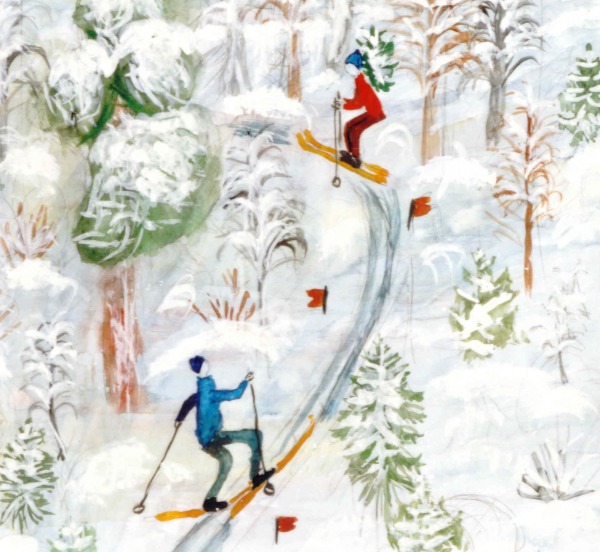
"Images of Winter" was a program run by the Organizing Committee of the 1988 Olympic Winter Games. It consisted of pieces of children's art from various countries around the world, including Canada, Russia, China, Korea, the United States, Guam, West Germany and Poland. The children were asked to depict what winter meant to them. This image done in poster paint on paper depicts two cross country skiers in the snowy woods.
Collection: Canada's Sports Hall of Fame
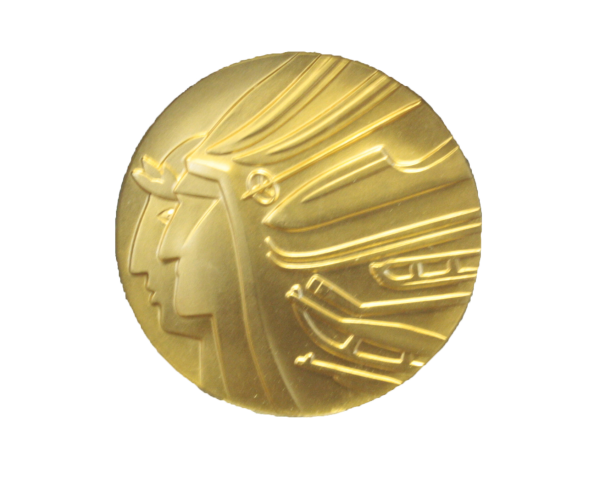
Each Winter Olympic host city can design its own unique medal. Calgary chose a double profile of an ancient Greek athlete and an Aboriginal wearing a Sioux style headdress. Within the headdress was the equipment for each of the sports. A second set of medals were made for demonstration sports of freestyle skiing, curling and short track speed skating while a third set was for the Disabled Skiing events.
Collection: Canada's Sports Hall of Fame
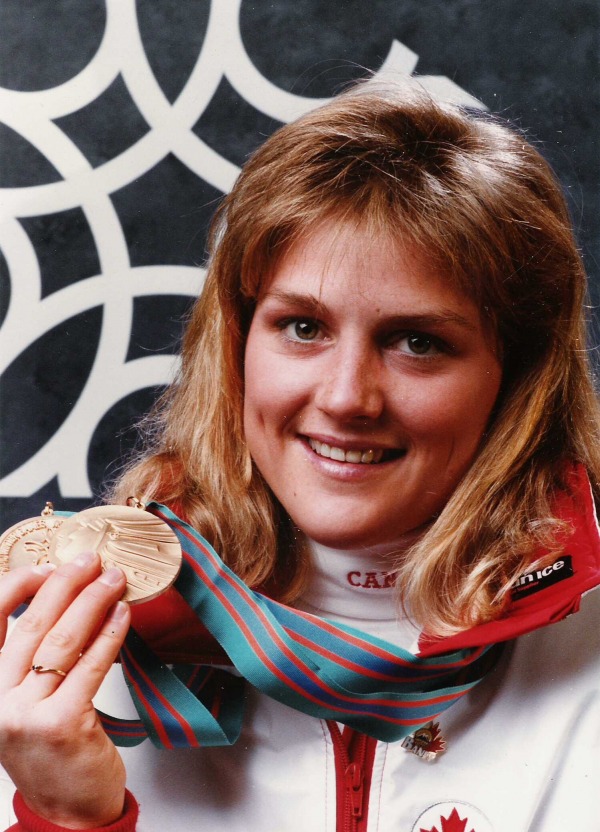
The media considered Karen Percy to be an underdog for a medal at the 1988 Olympic Winter Games in Calgary. "I wasn't going to not try and win a medal. When I did, it was magical, a dream come true."
Collection: Canada Sport's Hall of Fame
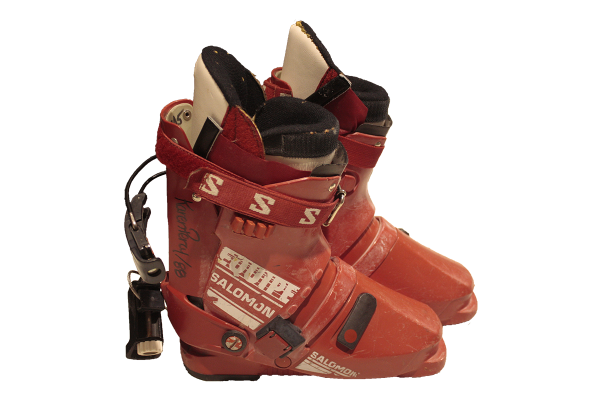
The pressures and distractions of competing in Canada could have distracted Karen Percy in her quest for an Olympic medal. It was the first time her family saw her compete and she knew, while they were cheering her on, she would have to focus on only one thing - her race. Her perseverance and focus won her two Olympic medals. These are her ski boots that she wore for the races.
Collection: Canada's Sports Hall of Fame
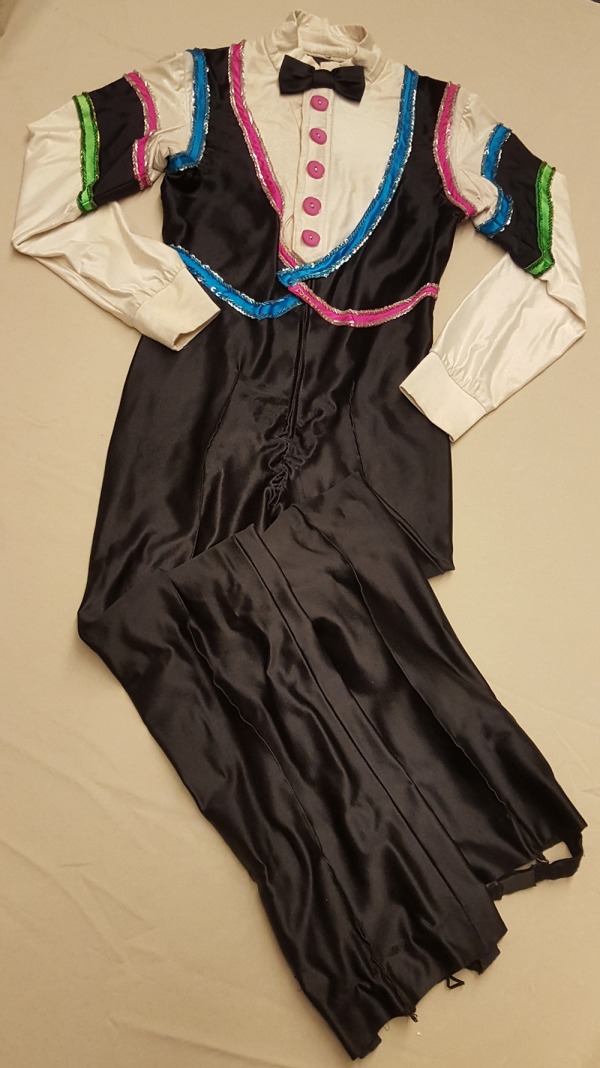
The Scott Joplin ragtime theme is reflected in the skating costumes Tracy Wilson and Rob McCall wore for their 1988 competitive year. They not only won the bronze medal at the 1988 Olympic Winter Games, they also won their third bronze medal at the World Championships. Their skating showed their passion and collaboration as individuals and as a team.
Collection: Private Collection: Evelyn McCall
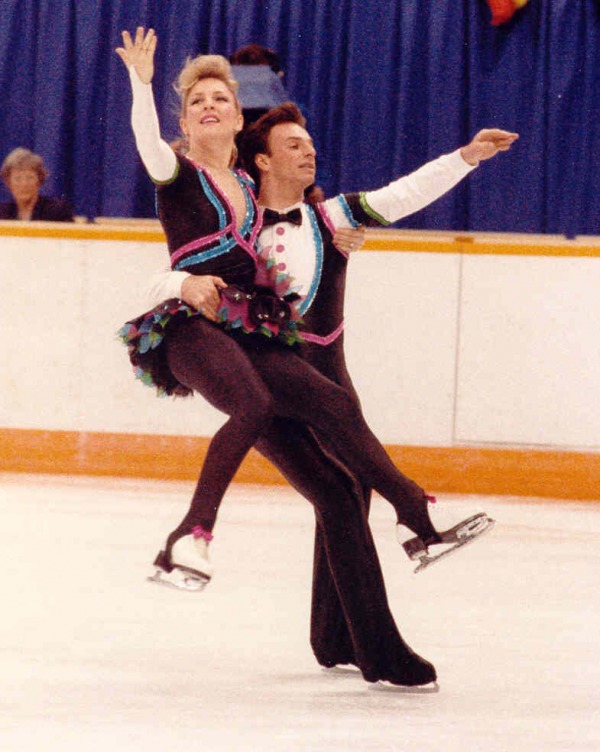
For Tracy Wilson and Rob McCall skating was a lifelong passion. They felt that skating wasn't just about love and beauty, it was about life itself. Both gave back to their sport, Rob as a choreographer and Tracy as a coach, broadcaster and mentor.
Collection: Canada's Sports Hall of Fame
Previous Next
